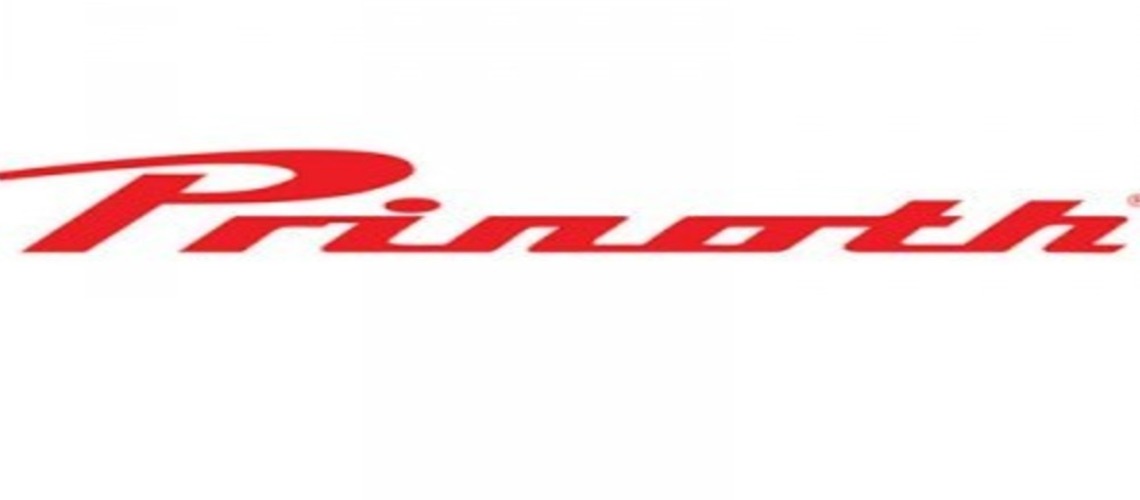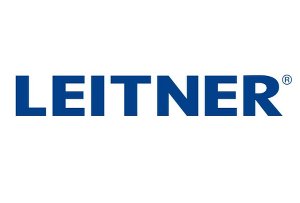Prinoth's Panther XL Used For The Norwegian Polar Institute's Antarctic Mission

The Norwegian Polar Institute (Norsk Polarinstitutt) has been operating the TROLL research station in Queen Maud Land, Antarctica, since 2005. As part of an upcoming modernization of the station, the Norwegian experts opted for the powerful Panther XL tracked transporters from Prinoth, based in Sterzing, Telfs, and Granby (Canada), to carry out transport and logistics tasks at the Troll research station. The order includes ten Panther XL vehicles and a comprehensive spare parts and service package valued at NOK 175 million (USD 17 million).
"This acquisition is important for the work schedule on our new station, but also for all Norwegian Antarctic research," says Camilla Brekke, Director of the Norwegian Polar Institute. "The current station is reaching the end of its service life, and we need a modern machine park that can cope with the extreme weather conditions in Antarctica. The new tracked machines will help lay the foundation for the development and strengthening of Norwegian research efforts in Queen Maud Land," says Brekke.
Completed at the Granby (Québec) plant, the Panther XL is the result of intensive cross-departmental collaboration: developments from the snow groomers (Sterzing, Telfs) and tracked transporter (Granby) sectors were combined for the first time in a single vehicle. Innovations specifically developed for extreme conditions such as those found in Antarctica were also implemented. The first three machines will be on the ice before Christmas this year, ready to take on demanding transport tasks in the most severe weather conditions in the world.
Prinoth's snow groomers feature a large, intuitive, and customizable touchscreen display, heated windows and wipers for the extreme Antarctic weather conditions, and a special air-sprung seat, an ergonomic steering wheel, and cruise control in the cockpit – for maximum operating comfort during long-distance missions. These vehicles must pull 10-15 huge transport sleds weighing up to 150 tons over two to three days from the receiving point to the TROLL research station.
Prinoth crawler transporters feature Prinoth's patented rubber track chassis with large track rollers and automatic track tensioning for reliable performance in challenging terrain, as well as an advanced integrated drive system based on many years of experience with Caterpillar Power Packs.
In addition, the Panther XL features innovations specifically developed for polar operations – a fully suspended cabin for optimal ride quality, Prinoth's patented drive dynamics for maximum traction and stability, and a patent-pending assistance system that significantly facilitates long journeys in extreme conditions. Thanks to the new tracked vehicles, the transport of modules and other equipment to the new station can be carried out during the short and hectic Antarctic summer season. The journey from the unloading point at the ice edge to the Troll Research Station takes two to three days. The machines will be in almost continuous operation and play a central role in the logistics of this ambitious construction project.
"These are top-of-the-line tracked vehicles, specifically designed for use in Antarctica and developed in close collaboration with the drivers and mechanics of the Polar Institute. There are hardly any comparable machines in Norway," says Erland Loso, Director of Operations and Logistics at the Norwegian Polar Institute.
"Antarctica demands cutting-edge technology," says Klaus Tonhäuser, President of Prinoth. "By combining the strengths of our snow groomer and tracked transport teams and adding targeted innovations, we have succeeded in creating a vehicle that performs impressively even in the toughest conditions – and underscores our group-wide technical expertise and focus on customer needs."
The project underlines Prinoth's commitment to developing high-performance and sustainable solutions that enable customers to work successfully even where conventional machines reach their limits.













